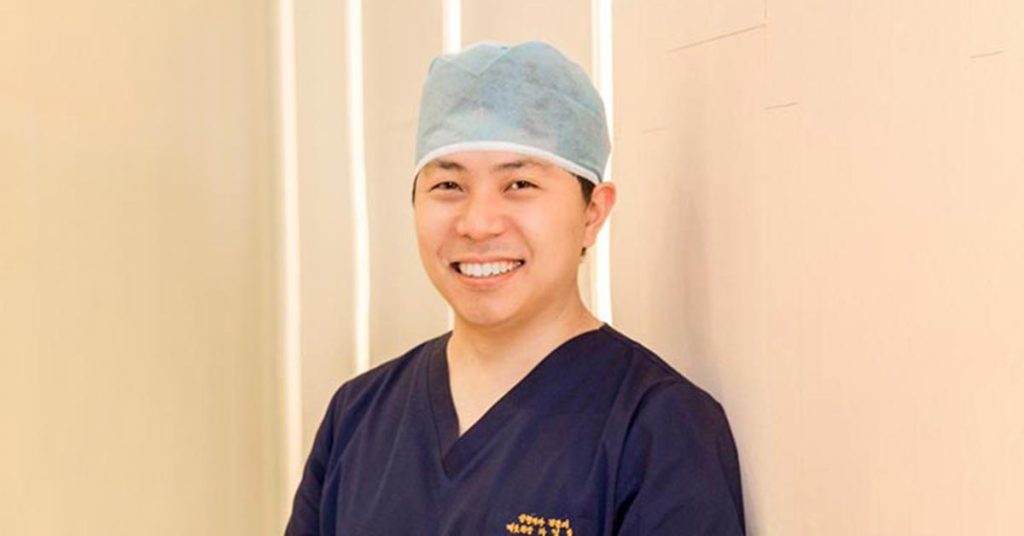If you would like to defy the passage of time and rejuvenate your appearance, surgical face lifting treatment stands as a promising solution. In this article, we discuss face lifting treatment – what it is, its uses, types, benefits, procedures, potential risks, and more. Join us as we uncover the keys to a younger-looking you.
What Is A Surgical Face Lift?
A face lift, also known as rhytidectomy, is a cosmetic surgical procedure designed to address the visible signs of ageing in the face and neck. The primary goal of a face lift is to tighten and lift sagging facial tissues, resulting in a more youthful and rejuvenated appearance. It is commonly sought by those who want to diminish wrinkles, fine lines, and sagging skin caused by factors such as ageing, gravity, sun exposure, and lifestyle choices.
Why Is It Done?
Face lift may be performed for various reasons but may be primarily used to address visible signs of ageing in the face and neck. Some common reasons why people may choose to undergo a facelift:
- To address sagging skin as the skin loses elasticity due to factors such as ageing, gravity, and sun exposure.
- To address wrinkles and fine lines especially around the eyes, mouth, and forehead.
- To recover loss facial volume as ageing contributes to a hollow or sunken appearance.
- To redefine the jaw and eliminate jowls for a more sculpted face.
- To address neck laxity or “turkey neck” and create a smoother and youthful neck contour.
- To boost self confidence.
Types Of Face Lifting Treatments
Face lifting treatments come in both surgical and non-surgical forms, catering to diverse preferences and needs. Some of the common types of face lifts are:
1. SMAS Facelift
SMAS lifting, or Superficial Musculoaponeurotic System lifting, is a popular surgical technique to address signs of ageing and rejuvenate the face. It is frequently combined with other procedures for facial tightening.
It targets the Superficial Musculoaponeurotic System (SMAS), a fibrous tissue layer enveloping the facial muscles. The SMAS undergoes changes over time due to ageing, gravity, and sun exposure, causing a loss of elasticity. This, in turn, results in sagging skin, jowls, and the formation of deep wrinkles. SMAS lifting is designed to counteract these effects by tightening and repositioning the SMAS layer, ultimately delivering a more youthful and lifted appearance to the face.
2. Mini Facelift
The mini facelift is a surgical technique that uses small incisions beneath the hairline to tighten and rejuvenate the skin while addressing excess tissue. It is usually used to combat the appearance of jowls, commonly forming in the lower cheeks and mouth area due to diminished collagen production.
3. Mid Facelift
The mid facelift is a surgical procedure specifically to address ageing in the central region of the face. Unlike traditional facelifts that concentrate on the lower face and neck, the mid facelift targets the area between the lower eyelids and the mouth.
Unlike procedures involving cheek implants, the mid facelift does not add implants. Instead, the surgeon will remove excess tissue or utilise existing tissue to lift the cheeks, eliminating sagging and diminishing fine lines and wrinkles. It may be recommended for those without prominent jowls or marionette lines.
4. Thread Lift
A thread lift is a non-surgical cosmetic procedure designed to lift and tighten sagging facial tissues. This minimally invasive technique involves the use of dissolvable threads, typically made of materials such as polydioxanone (PDO), which are inserted beneath the skin to create a subtle and natural-looking lift. Thread lifts are particularly popular for addressing mild to moderate sagging in the face and neck.
5. Deep Plane Facelift
A deep plane facelift is a surgical procedure designed to address advanced signs of facial ageing, particularly in the midface and lower face. This technique goes beyond the superficial layers of the skin and targets the deeper tissues, specifically the deeper facial muscles and fat pads. The goal is to provide a comprehensive and long-lasting improvement in facial contours, addressing issues such as deep wrinkles, sagging skin, and loss of volume.
6. Liquid Facelift
Liquid facelift is a nonsurgical facelift that involves using injectable dermal fillers and neuromodulators (such as Botox) to achieve facial rejuvenation without the need for surgery. This non-invasive approach is designed to address signs of ageing, including wrinkles, lines, and volume loss, by restoring facial contours and enhancing overall facial appearance.
Consult Our Preferred Doctor In Korea On Your Face Lifting Treatment
Dr Jeongho Cha is the primary plastic surgeon at Mina Plastic Surgery in South Korea. He belongs to the top circle of plastic surgeons in Korea and is certified by all government approved plastic surgery boards. He is also an international member of The American Society of Plastic Surgeons (ASPS), the largest plastic surgery specialty organisation in the world, which comprises 94% of all board-certified plastic surgeons in the United States. Dr Jeongho Cha is a fluent English speaker with a diverse international clientele, trusted by patients from Japan, Indonesia and Singapore.
Click on the image below to learn more about Dr Cha. Find out if he is the best plastic surgeon for you.
If you are interested in face lifting treatment in Korea, contact us to book a consultation with Dr Jeongho Cha .
Learn More About Surgical Face Lifts: Are There Risks?
While facelifts are generally safe, like any surgical procedure, they come with potential risks and complications. These may include:
- Infection
- Scarring
- Hematoma (Collection of blood under the skin)
- Nerve Injury (Temporary or, rarely, permanent)
- Anaesthesia Risks
- Unsatisfactory Results
What To Expect Before And After The Procedure?
Before the Procedure
Before undergoing a facelift, patients typically engage in a detailed consultation with the surgeon. Discussions cover individual goals, medical history, and expectations. Preoperative instructions are provided, which may include dietary changes, cessation of certain medications, and, for some, smoking cessation. A thorough medical evaluation, including blood tests, may be required to ensure that the patient is in optimal health for the procedure.
After the Procedure
Following the facelift, patients may expect some immediate swelling and bruising. Pain management may be required, and it is crucial to adhere to postoperative instructions especially for surgical procedures, including rest and limited physical activity during the initial recovery period. Follow-up appointments with the surgeon are essential for monitoring progress, removing stitches, and addressing any concerns. Patients may gradually resume regular activities, with the final, refined results becoming more apparent as swelling continues to subside over several weeks to months.
How Long Before Results Show?
The timeline for seeing results from a facelift may vary. For surgical techniques, immediate results are noticeable, but may be influenced by postoperative swelling. Gradual improvement may occur as swelling subsides over several weeks, revealing the full, rejuvenated appearance.
Final, long-term results may continue to improve as tissues settle into their new position, with the most significant changes typically appreciated around 6 months to a year after the facelift.
For non-surgical procedures, the result may also vary depending on the procedure. Thread Lifts may provide immediate effect but the full results become more apparent as any initial swelling or bruising subsides.
Contact Us To Book An Appointment
Health365 Aesthetic is in partnership with trusted aesthetic doctors, clinics, and hospitals in Korea, Thailand, Singapore, and Malaysia. Inquire with us any aesthetic procedure you are interested in through the button below.
Other Topics You Might Be Interested In
Protect against cancer, cardiovascular disease, and other chronic diseases with regular health screening. Compare and shop for health screenings from Singapore and regional healthcare providers at a single convenient platform - shop.health365.sg
This article is informative only and is not intended to be a substitute for professional medical advice, diagnosis, or treatment, and should never be relied upon for specific medical advice.







